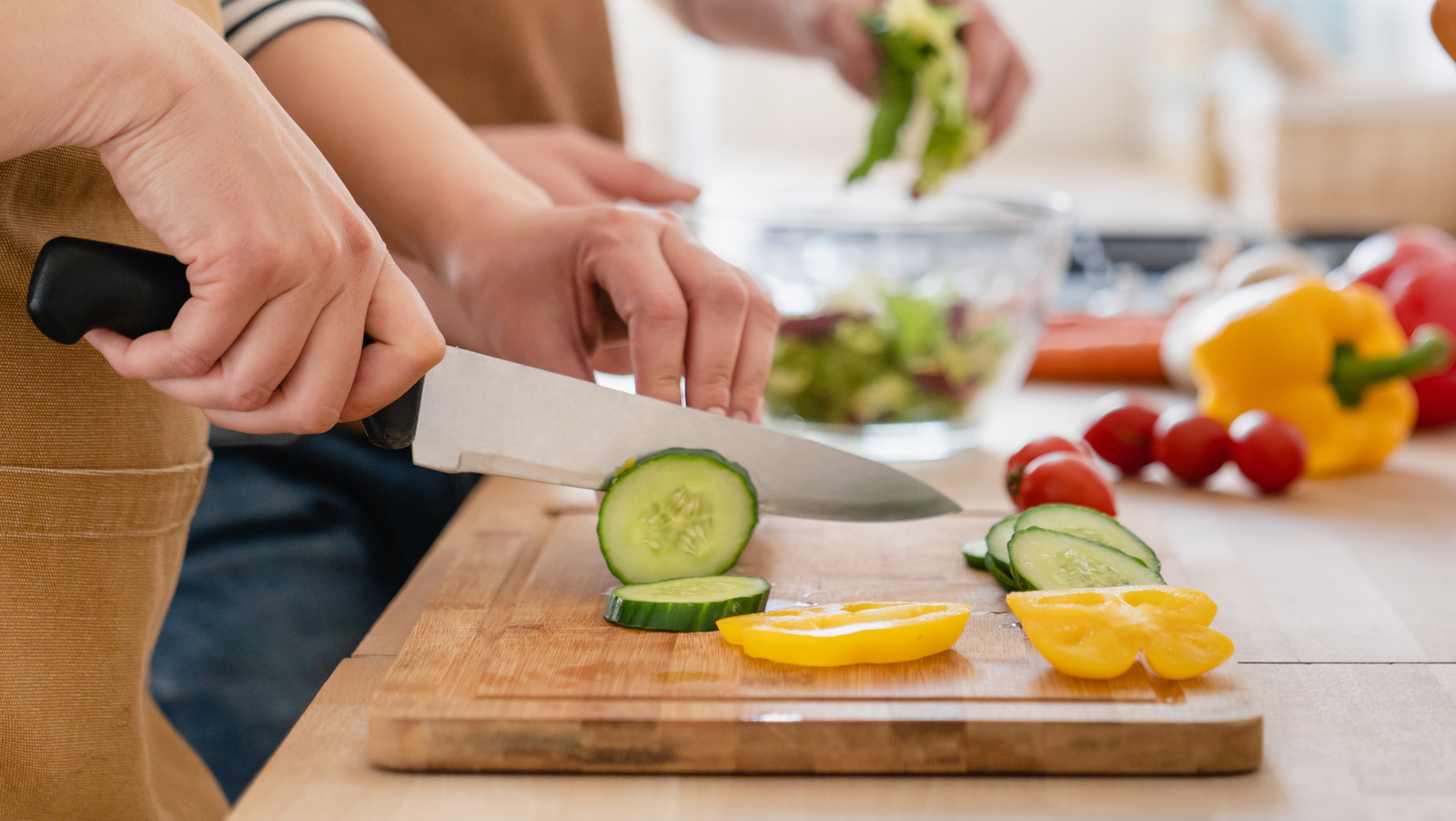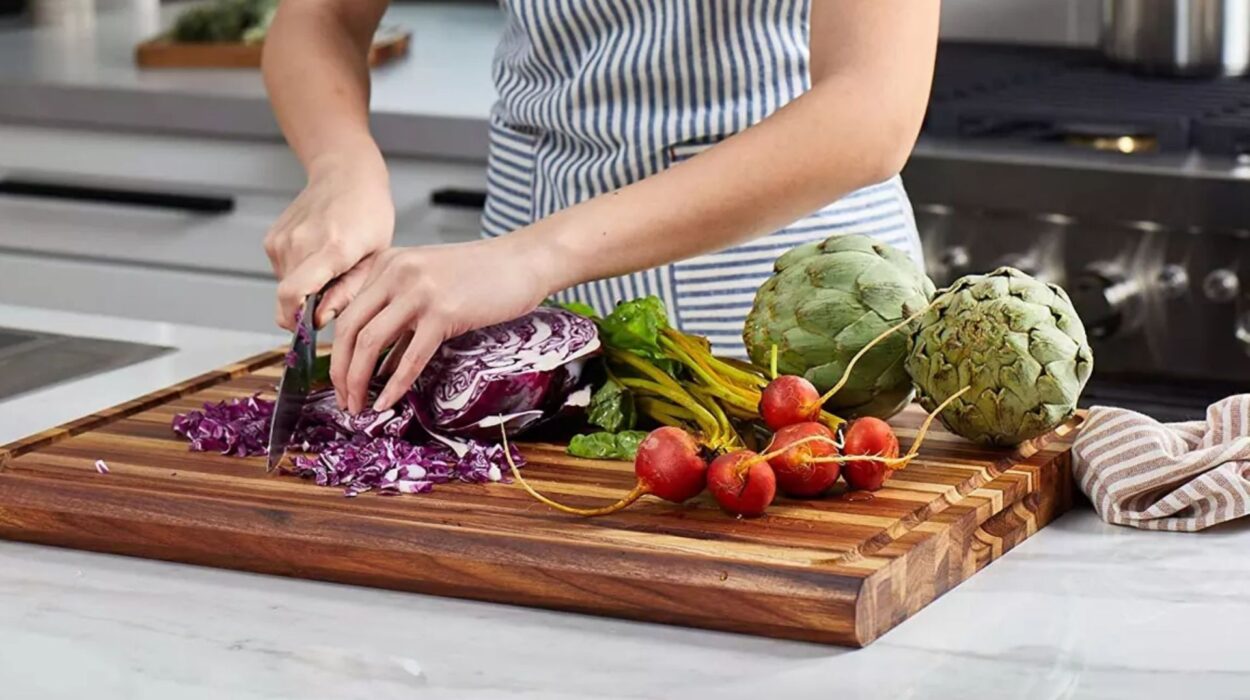A well-maintained cutting board is a staple in any kitchen, especially for professionals who understand the importance of hygiene and functionality. Knowing how to restore a cutting board can breathe new life into this essential tool and make your cooking tasks much more enjoyable. Restoring a cutting board is not overly complicated, but it does require a bit of knowledge and some elbow grease.

Why Restore Your Cutting Board?
Over time, cutting boards can become worn out, developing grooves, stains, and even odors. These issues not only compromise the appearance of the board but can also affect your food’s safety. By restoring your cutting board, you can maintain a clean, smooth surface that will last longer and prevent the spread of bacteria.

Types of Cutting Boards
Wooden Cutting Boards
Wooden cutting boards are beloved by chefs for their durability and aesthetic appeal. However, they require regular maintenance to stay in top condition. If cared for properly, a wooden cutting board can last for many years.
Bamboo Cutting Boards
Bamboo is an eco-friendly alternative to traditional wood. It’s harder and more resistant to knife marks, but it still needs proper care to avoid cracking or warping.
Plastic Cutting Boards
Plastic cutting boards are lightweight and easy to clean. They are less porous than wood, making them less likely to harbor bacteria. However, they can become deeply scarred over time, which makes restoration essential.

Materials Youll Need
Before you start the restoration process, gather the following materials:
- Sandpaper (various grits)
- Mineral oil
- Vinegar
- Lemon
- Salt
- Cloths
- Scrubbing brush
Step-by-Step Guide to Restoring a Wooden Cutting Board
1. Clean the Cutting Board
Start by washing the cutting board with warm, soapy water. Use a scrubbing brush to get into any grooves. Rinse thoroughly and pat dry with a clean cloth.
2. Disinfect with Vinegar or Lemon
To sanitize the cutting board, you can use vinegar or lemon. For vinegar, simply spray it on the board and let it sit for a few minutes before wiping it off. Alternatively, you can rub the board with half a lemon, then sprinkle salt and scrub.
3. Sand the Surface
Using sandpaper, start with a coarser grit (like 80) to remove deep cuts and grooves. Gradually switch to finer grits (up to 220) to smooth the surface. Always sand in the direction of the grain to avoid damaging the wood.
4. Apply Mineral Oil
Once the board is smooth, apply a generous amount of mineral oil. This will rejuvenate the wood and help prevent it from drying out. Let the oil soak in overnight, then wipe off any excess with a clean cloth.
5. Regular Maintenance
To keep your cutting board in top shape, apply mineral oil once a month. This will maintain its moisture and keep it looking new.
Restoring Bamboo and Plastic Cutting Boards
Bamboo Boards
While bamboo is harder than traditional wood, it still benefits from regular oiling. Follow the same steps as for wooden boards, but use a lighter hand when sanding to avoid damaging the bamboo fibers.
Plastic Boards
For plastic cutting boards, skip the sanding step. Instead, use a bleach solution (one tablespoon of bleach per gallon of water) to disinfect the board. For deep grooves, it might be time to consider replacing the board entirely.
When to Replace Your Cutting Board
While restoring a cutting board can extend its life, there are times when replacement is the best option. If your board has deep grooves that are impossible to clean or if it has started to crack or warp, it’s time to invest in a new one.
Maintaining Your Cutting Board
Regular Cleaning
Always wash your cutting board after each use. For wooden and bamboo boards, avoid soaking them in water as this can cause warping. Plastic boards can be washed in the dishwasher for thorough cleaning.
Proper Storage
Store your cutting board in a dry, cool place. Avoid placing it next to the stove or other heat sources, which can cause the wood to dry out and crack.
Additional Tips for Cutting Board Care
Use Separate Boards
To avoid cross-contamination, use separate cutting boards for raw meats and vegetables. This practice is especially important for preventing foodborne illnesses.
Avoid Strong Detergents
Strong detergents can strip the natural oils from your wooden cutting board. Stick to mild soap and water for regular cleaning.
Reseal Occasionally
In addition to regular oiling, you might want to reseal your board with beeswax or another food-safe finish. This adds an extra layer of protection against moisture and bacteria.
Common Mistakes to Avoid
Ignoring Deep Grooves
Deep grooves can trap bacteria and make your cutting board unsafe to use. Dont ignore them; either sand them out or consider replacing the board.
Using Too Much Water
Water can cause wooden and bamboo cutting boards to warp. Always dry your board immediately after washing to prevent water damage.
Skipping the Oil
Without regular oiling, wooden cutting boards can dry out and crack. Make sure to oil your board at least once a month.
Why Professional Chefs Care About Cutting Boards
Professional chefs understand that a well-maintained cutting board is more than just a kitchen tool; it’s an investment in their craft. A smooth, clean cutting board makes food preparation easier and safer, allowing chefs to focus on creating culinary masterpieces.
Environmental Considerations
Restoring your cutting board instead of replacing it can have positive environmental effects. It reduces waste and prolongs the life of the wood, making it a more sustainable option.
FAQs About Cutting Board Restoration
How often should I oil my cutting board?
It’s recommended to oil your cutting board once a month, or whenever it starts to look dry.
Can I use olive oil or vegetable oil instead of mineral oil?
No, it’s best to use mineral oil because it doesn’t go rancid like vegetable oils can.
Is sanding necessary for all types of cutting boards?
Sanding is primarily for wooden and bamboo cutting boards. For plastic boards, deep grooves often mean it’s time for a replacement.
Conclusion
Knowing how to restore a cutting board is an invaluable skill that ensures your kitchen remains a safe, efficient place for food preparation. By taking the time to clean, sand, and oil your cutting board regularly, you can extend its life and maintain its functionality. Whether you are a professional chef or a home cook, a well-maintained cutting board is essential for any kitchen.
For more information on how to properly clean and sanitize your cutting board, check out this state food safety guide.Additionally, if you want to learn other kitchen maintenance tips, such as Chicken Shish Kabobs or Cook Pernil, visit Knives Genius.
As an Amazon Associate, I earn from qualifying purchases.


